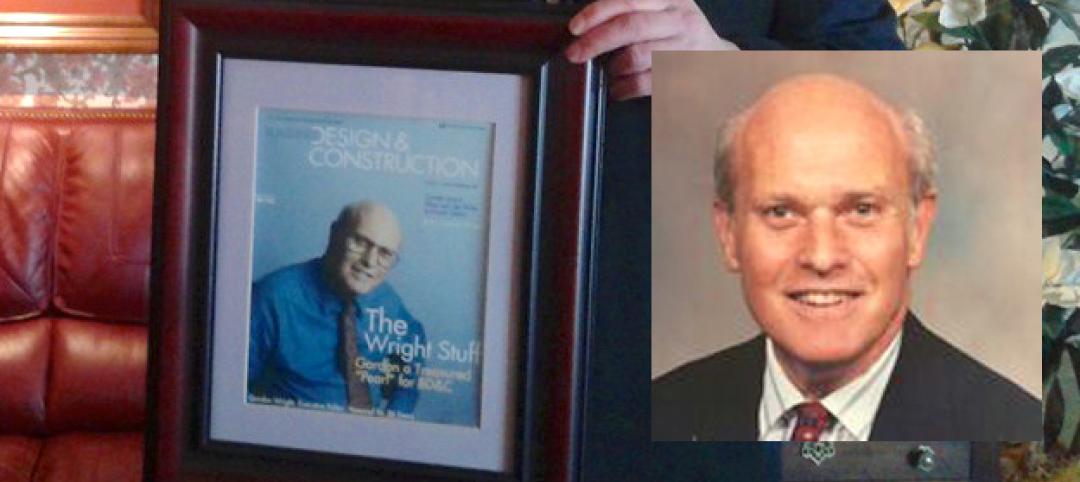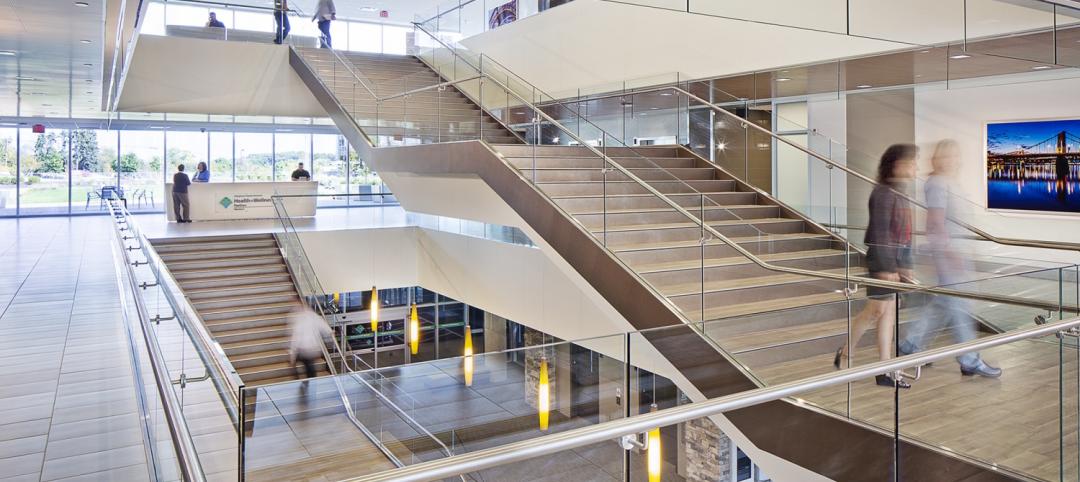During a time of great political divide across the nation and widespread distrust of bureaucrats in Washington, D.C., can architecture offer a practical solution to partisan politics?
Deadlock continues to fester on Capitol Hill. Congress’ approval rating ended the year at a meager 17%, and has hovered below the historic average (31%) since mid-2009. President-elect Donald Trump has stated that he plans to work with those on both sides of the aisle in Congress to accomplish his goals. Observers and experts predict Trump will have a tough go at it, even with a GOP-controlled Congress.
This begs the question, Is the “aisle” part of the problem in Washington? I’m not referring to the metaphorical divide between political parties, rather the physical layout of legislative spaces.
From K-12 schools to offices to universities, building owners across practically every sector are retooling their spaces to meet the needs of today’s innovation economy. Why not legislative spaces?
“In such a tumultuous period, shouldn’t we be questioning whether these spaces are working?” wrote New York Times architecture writer Allison Arieff, in a Nov. 2 opinion piece.
So much has changed in the business of governing—social and mass media, electronic voting, global convenings—yet the vast majority of spaces for political congregation remain virtually untouched, “frozen in time,” wrote Arieff.
She points to a study by Amsterdam-based creative agency XML that breaks down the design of 193 legislative buildings across the world. The most prominent layouts—opposing benches, classroom, and semicircle—were developed 165–215 years ago and remain intact with little modification. When updates are required, governments tend to restore these spaces, rather than rethink the layout.
There are outliers, though, including a meeting hall with zero tables and chairs for the European Union Council in Brussels. The layout, designed by XML and Jurgen Bey, utilizes blocky, interlocking furniture pieces that encourage council members to mingle. Check out XML’s report here.
Related Stories
Building Team | May 3, 2016
Piazza in San Francisco will feature a 92-foot stainless steel statue
Made of 2,500 seamlessly-welded panels, Venus will be the centerpiece of a new public piazza containing other works of art.
Building Team | Apr 6, 2016
Evaluating the value proposition of project vendors
CBRE Healthcare's Daniel Waters has a few pointers for Request for Proposal (RFP) writers and Project Managers when it comes to handling project vendors, including clearly defining performance expectations.
Building Team | Feb 25, 2016
Long-time BD+C editor Gordon Wright, 1939-2016
Gordon Wright, whose career at BD+C spanned 32 years, passed away on February 15, at the age of 76.
Building Team | Feb 10, 2016
DBIA disputes study claiming design-build projects often delivered on time, over budget
Says study did not account for owner-initiated scope changes.
Building Team | Jan 7, 2016
4 reasons the C-suite should care about design-led construction
Lou Astorino shares four examples how a unified approach can directly help C-suite leaders achieve their organizational goals.
Sponsored | Building Team | Dec 16, 2015
How to fix 3 common mistakes AEC teams make in project interviews
In a LinkedIn post, Scott Johnson, business writing specialist at Johnson Training Group, highlights three common missteps that AEC firms make during project interviews. His insights are based on more than 90 interviews conducted with members of various selection panels.
Sponsored | Building Team | Dec 7, 2015
Why employee advocacy is key to social media success
Employee advocacy is key to boosting social media engagement, and employee advocacy is about more than just the promotion of a firm’s brand.
Sponsored | Building Team | Nov 30, 2015
5 ways to bring data into marketing and business development
Here are five ways to use data to enhance the client acquisition process
Cultural Facilities | Nov 23, 2015
BIG plans for Pittsburgh: Bjarke Ingels’ Lower Hill District master plan evokes hilly topography
Paths will be carved to create a dialogue between Pittsburgh’s urbanscape and its hilly surroundings.
Sponsored | Building Team | Nov 17, 2015
The benefits of selling your firm to employees
One business advisor recommends professional services businesses to develop a group of employees who are willing and able to buy the business
















